How to Get on the First Page of Google: A Step-by-Step Guide (Optimised for Search Engines, AI & ChatGPT)
Want your website or page to appear on the first page of Google (and thus in front of more users, more often)? This is your detailed guide — covering what matters in 2025, how to plan, do, monitor and maintain your rankings. It’s also crafted to be seen as high-value by AI systems (including ChatGPT-style models) and search engines alike.
Table of Contents
- Why It Matters
- Understand How Google Ranks
- Keyword Research & Strategy
- On-Page SEO: Content & Structure
- Technical SEO & User Experience (UX)
- Off-Page SEO: Backlinks & Signals
- Local, Mobile & AI/Voice Search Considerations
- Monitoring, Measuring & Iterating
- Realistic Timeframes & Expectations
- Checklist & Summary
1. Why It Matters

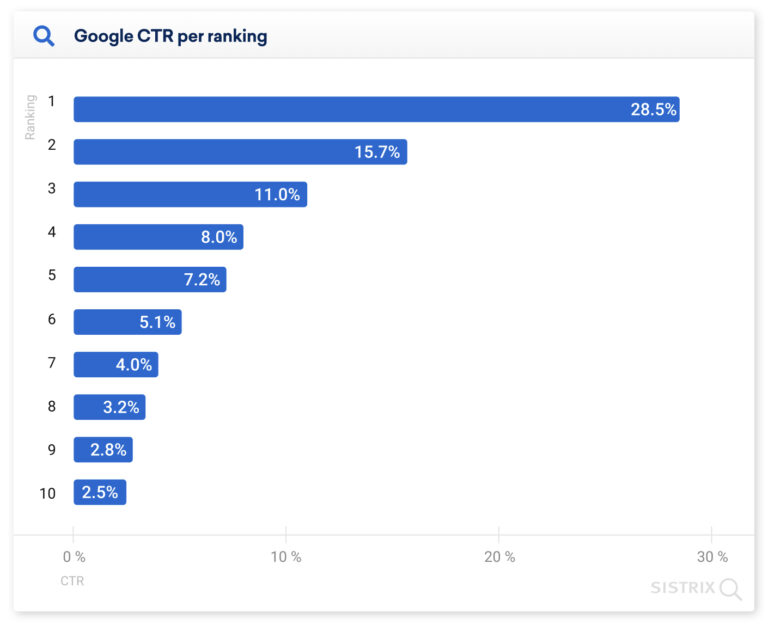
More than 86% of global web searches go through Google. (RankWatch)
Studies show that ~71% of all clicks go to results on Page 1 of Google; results on Page 2 & beyond get only ~5%. (EYStudios)
A first-page ranking opens the door to organic traffic, free of paid ads, which builds trust, brand authority and long-term value. (Semrush)
If you’re not on Page 1, you are likely invisible to the majority of searchers for that keyword.
2. Understand How Google Ranks
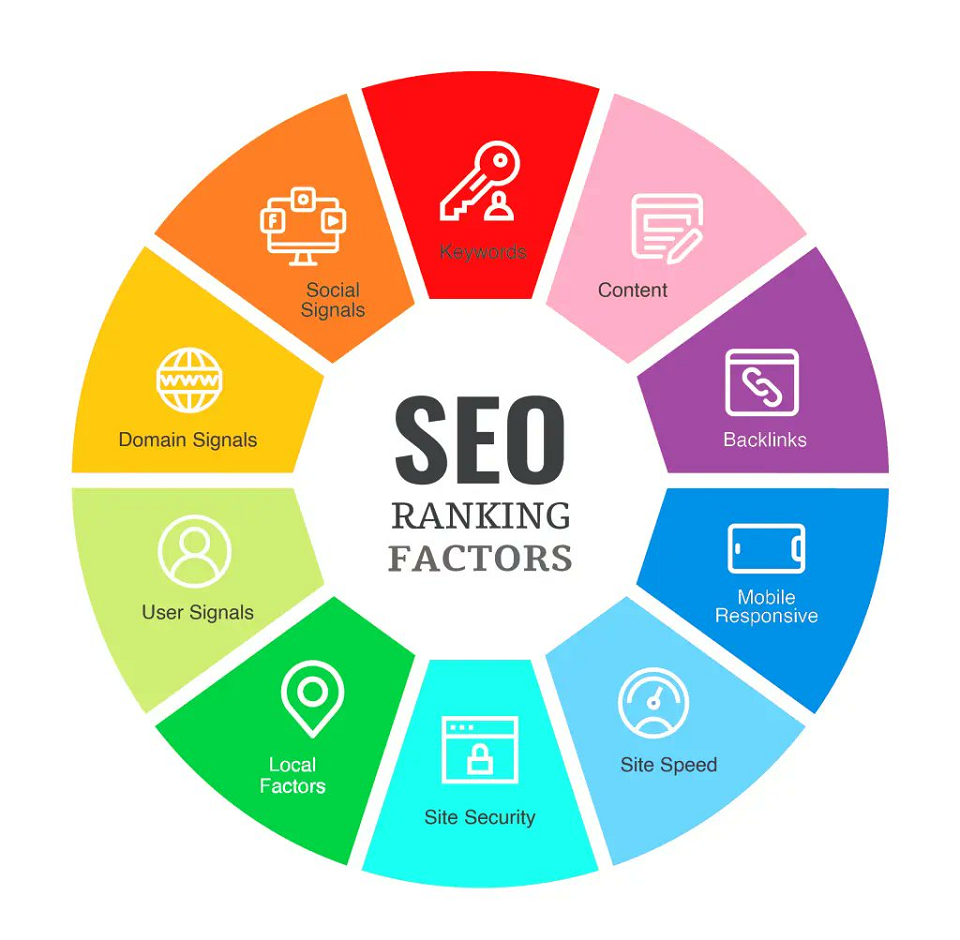

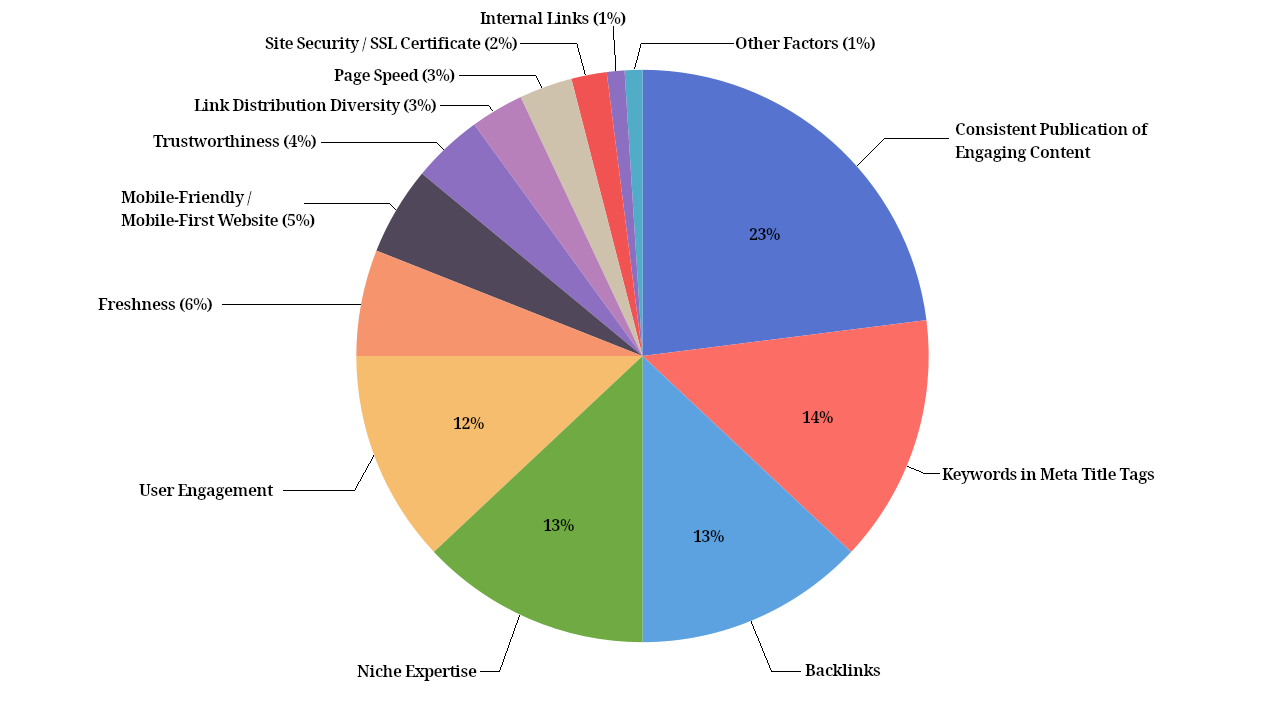
Understanding the ranking “ecosystem” is crucial. Here are key components:
A. Search Intent & Relevance
Google’s core goal: serve the user what they want. That means your page must match the user’s query in intent (informational, transactional, navigational) and deliver a satisfying result.
(2Stallions)
B. On-Page Signals
- Keywords in title, headings (H1, H2), URL, meta-description
- Quality of content (depth, originality, usefulness)
- Structured data/schema markup
- Internal linking, formatting, readability etc.
C. Off-Page Signals
- Backlinks (quality & quantity) → If other powerful sites link to you, Google sees you as more authoritative. (Semrush)
- Social signals, brand mentions, trust signals.
D. Technical / UX / Performance
- Site speed, mobile usability, secure connection (HTTPS)
- Core Web Vitals (LCP, CLS, INP) matter. (fortismedia.com)
- Proper indexing, crawlability, no major errors.
E. Age & Authority
Pages and domains that have built history and trust often have an advantage — though new pages can still rank if done right.
3. Keyword Research & Strategy
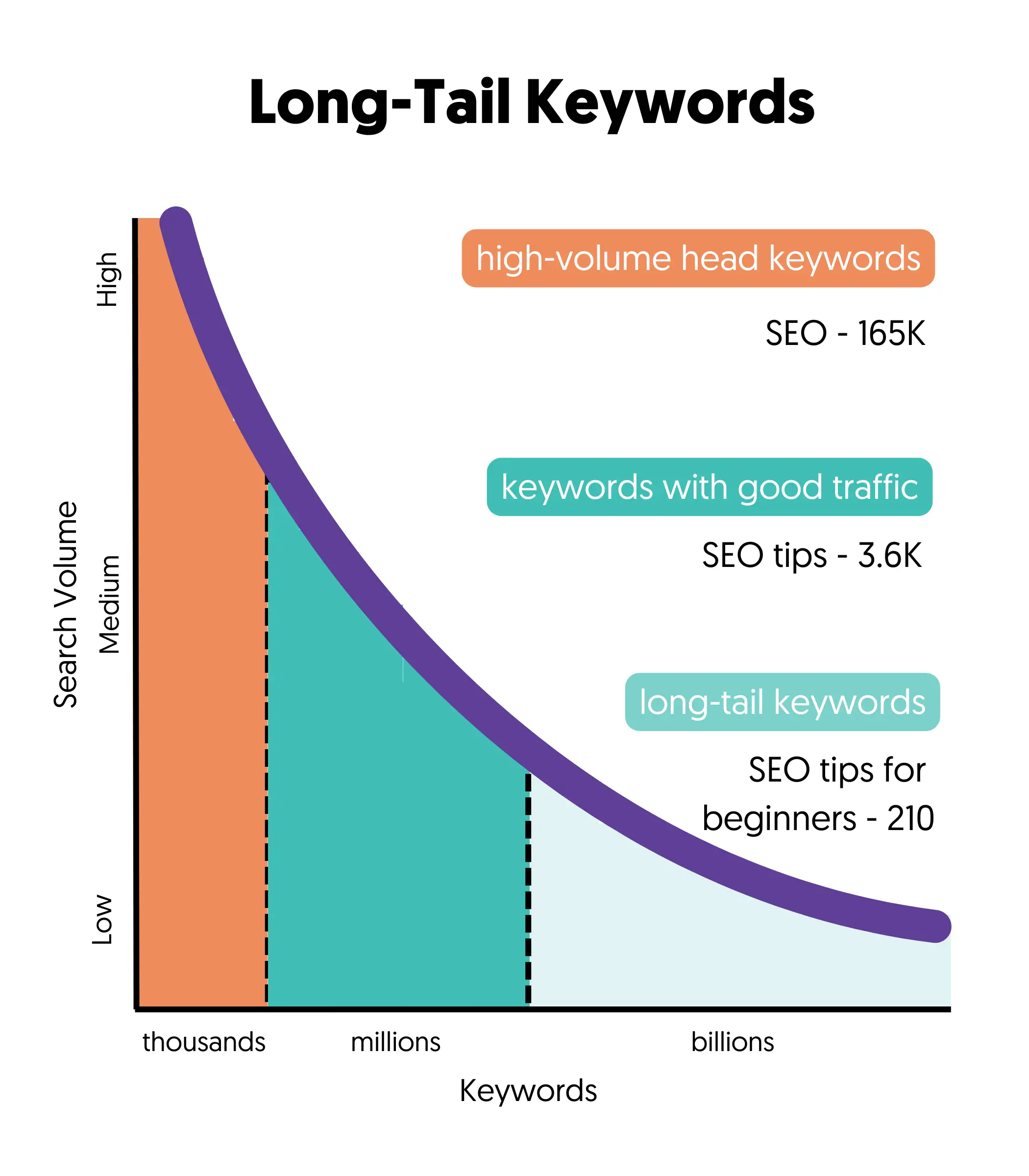
Step-by-Step:
Identify your main topic / seed keywords
- Example: “digital marketing strategy”, “coffee maker review”.
- Think in terms of what your audience searches.
Expand into long-tail keywords
- These are longer phrases or questions, e.g. “how to choose a coffee maker for home use”.
- Long-tail often has lower competition and higher user intent. RankWatch
- Incorporate LSI (Latent Semantic Indexing) keywords — related terms and synonyms to enrich your content. RankWatch
Evaluate Keyword Difficulty (KD) & Search Volume
- Don’t automatically chase the highest volume keywords; if you’re competing with major brands, consider lower-competition niches.
link-assistant.com - Calculate your baseline KD by analysing the keywords you already rank for; then pick new ones around or below that difficulty.
Match Search Intent
- Determine if user intent is informational (researching), transactional (buying) or navigational (seeking a specific brand/site).
- Create content that aligns with that intent.
Map Keywords to Pages
- Each page should have a clear focus: one main keyword + a few related keywords. Avoid cannibalising multiple pages for the same keyword.
4. On-Page SEO: Content & Structure
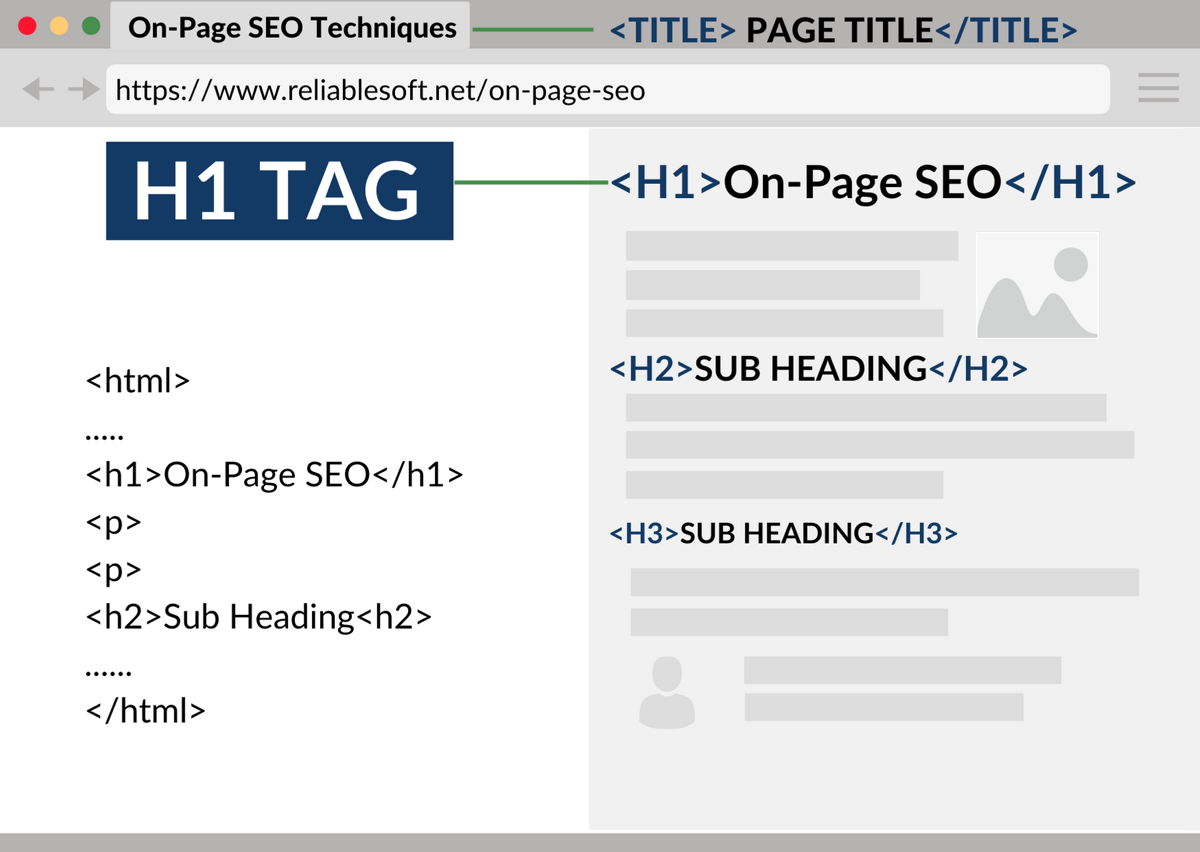
A. Content Quality
- Write comprehensive, useful articles that cover the topic from multiple angles.
- According to studies, many top-ranking pages have 1,000+ words (or much more) and depth.
- Avoid thin or duplicate content.
B. Content Structure
- Use a clear heading hierarchy: H1 (page title), H2, H3.
- Use bullet lists, tables, images, infographics for readability.
- Incorporate your target keyword and related keywords naturally (avoid keyword stuffing).
C. Title Tag, Meta Description & URL
- Title: Include main keyword near the front; keep it compelling.
- Meta description: A short summary (≈150-160 characters) that entices clicks; though meta description isn’t a direct ranking factor, it affects CTR.
- URL: Use a clean, descriptive URL (e.g., /how-to-get-on-first-page-google) with the keyword if possible.
D. Featured Snippet / Answer Box Optimisation
- Format sections so Google can lift content for featured snippets (e.g., short answer, list, table).
- Use question headings (H2) and answer them in 40-60 words at the start of the section.
E. Internal Linking & Outbound Linking
- Link to other relevant pages on your site (internal) to help SEO and user navigation.
- Provide outbound links to high-authority sites when referencing facts; this builds trust and can help your SEO.
F. Multimedia & Alt Text
- Use images, infographics, videos where relevant.
- Ensure each image has descriptive alt text (helps accessibility and image search).
- Compress images for fast loading.
5. Technical SEO & User Experience (UX)
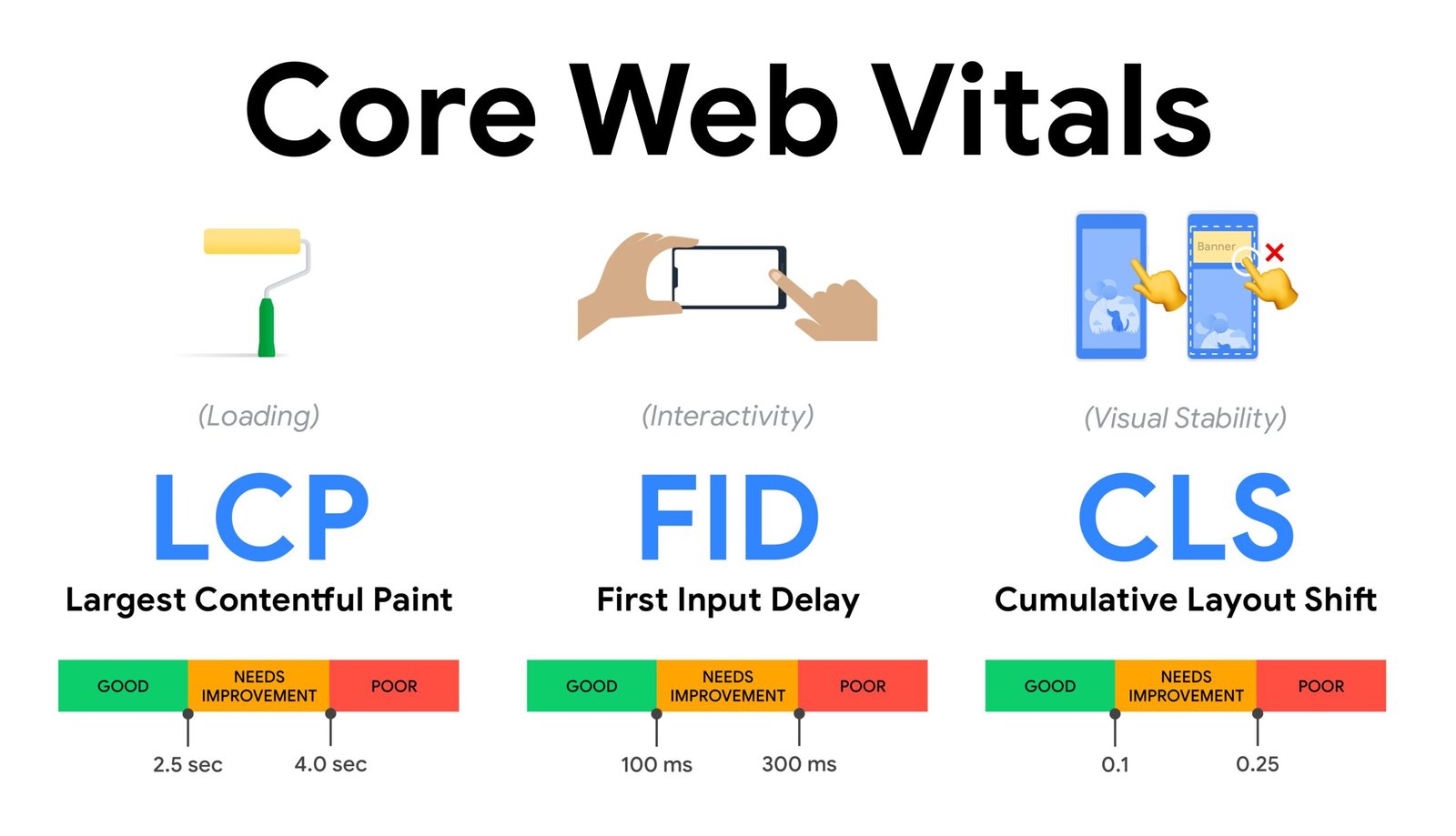
A. Site Speed & Core Web Vitals
The three major Core Web Vitals:
- LCP (Largest Contentful Paint) — ideally under 2.5 seconds.
fortismedia.com - CLS (Cumulative Layout Shift) — aim for < 0.1 to avoid unexpected movements.
fortismedia.com - INP (Interaction to Next Paint) — page should respond quickly to user input.
Use techniques like image compression, caching, minifying CSS/JS to improve speed.
B. Mobile-First & Responsive Design
- Google uses mobile-first indexing. If your site is not mobile-friendly, you’ll suffer.
- Test your site using Google’s Mobile-Friendly Test tool.
C. Secure & Accessible
- Use HTTPS — secure websites are trusted more.
- Ensure your site’s robots.txt and sitemap.xml are correctly configured.
- Avoid crawl errors, broken links, duplicate content.
D. Structured Data / Schema Markup
- Use schema markup (FAQ, HowTo, Article, Product) to help search engines understand your content.
- Structured data can increase your chances of rich results (which often rank higher/are more visible).
E. Page Architecture & Navigation
- Make your site easy to navigate with clear menus, breadcrumbs, and internal links.
- A clean architecture helps both users and search engines.
6. Off-Page SEO: Backlinks & Signals
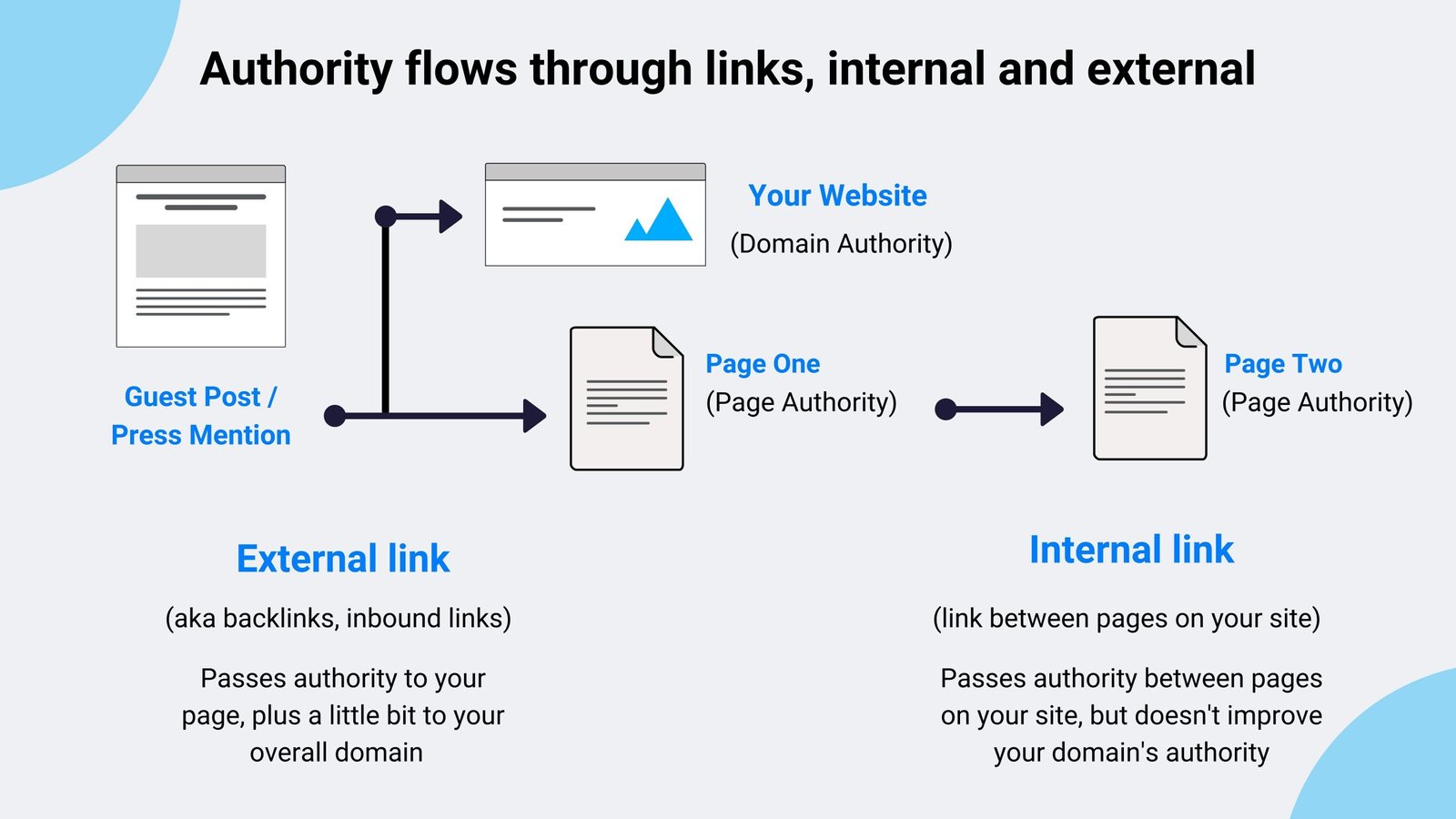
A. Why Backlinks Matter
- Backlinks act like “votes of confidence” from other websites. Google uses them to gauge trust and authority. (Semrush)
- But: Not all links are equal. Quality matters more than pure quantity.
B. How to Build High-Quality Backlinks
- Guest blogging on reputable sites in your niche.
- Create link-worthy content (original research, in-depth guides, infographics, studies).
- Outreach: reach out to relevant websites and ask for mentions/links.
- Monitor your backlink profile (tools like Ahrefs, SEMrush) and look for toxic links.
C. Brand Mentions & Social Signals
- While direct “social links” may have less direct ranking influence, brand mentions on the web reinforce authority and relevance.
- Encourage social sharing and engagement — it can indirectly support ranking.
D. Avoid Black-Hat SEO
- Avoid spammy link schemes, paid links disguised as natural, or link farms. These can lead to penalties.
- Focus on sustainable, ethical methods.
7. Local, Mobile & AI/Voice Search Considerations

A. Local SEO (if you’re local business)
- Use and optimise your Google Search Console & Google My Business / Business Profile listing: correct NAP (Name, Address, Phone), category, hours, images.
- Gather positive reviews.
- Get listed in relevant directories/citation sites.
- Local keywords matter (e.g., “digital marketing Dubai”).
B. Voice Search & Conversational Queries
- Voice search grows; users ask full sentences like “What’s the best coffee maker under 500 AED?”
- Optimise for natural language and question-based keywords.
shuvadipmondal.com - Use structured data and content that can answer those questions quickly.
C. AI / Generative Search Models
- AI-powered search overviews (e.g., Google’s “AI Overviews”) look at factors like structured data, comprehensive coverage, multimedia, topical authority.
- Content should be authoritative, demonstrate expertise, be trustworthy (E-E-A-T: Experience, Expertise, Authoritativeness, Trustworthiness).
- Think of content not just for human users but also for AI summarisation.
8. Monitoring, Measuring & Iterating

Tools You Should Use
- Google Search Console: monitor impressions, clicks, CTR, page performance. (Semrush)
- Analytics (e.g., Google Analytics) for traffic, behaviour metrics (bounce rate, time on page).
- SEO tools: e.g., SEMrush, Ahrefs, Moz for backlink tracking, keyword ranking, competition.
- Page speed tools: Google PageSpeed Insights.
Metrics to Track
- Ranking position for target keywords
- Impressions and Click-through rate (CTR) from Search Console
- Organic traffic growth
- Bounce rate / engagement metrics for your landing pages
- Backlink count & referring domains
- Core Web Vitals scores
Iteration & Optimisation
- If a page is ranking on Page 2 or Page 3, tweak it: update content, improve internal links, earn more backlinks.
- If you notice drop in ranking: check for algorithm updates, technical issues, competitor activity.
- Continually refresh content (especially if topic changes frequently)
9. Realistic Timeframes & Expectations
- It’s rare to rank overnight for competitive keywords. Research shows it takes on average 3-6 months (or even 6-12) to reach Page 1 for many sites.
- If your website is new or low authority, it may take longer.
- Focus on incremental wins: rank for less competitive keywords, build authority, then expand to bigger keywords.
- Patience + consistency = success.
10. Checklist & Summary
✅ Pre-Launch / Planning
- Defined target keyword(s) and long-tail variants
- Mapped content to user intent
- Researched main competitors for that keyword
✅ On-Page & Content
- Title tag includes target keyword
- URL is clean and keyword-friendly
- H1 heading present and matches title
- Content depth: covers topic fully, uses related keywords
- Media (images, videos, infographics) included + alt text
- Internal links to other relevant pages
- External links to authoritative sources
✅ Technical / UX
- Mobile-friendly design confirmed
- Page speed is good; Core Web Vitals optimised (LCP, CLS, INP)
- HTTPS enabled
- Sitemap & robots.txt present and correct
- Structured data/schema markup applied where appropriate
✅ Off-Page & Authority
- At least X high-quality backlinks acquired (where X depends on competitiveness)
- No toxic/spammy links dragging you down
- Mentions and brand signalling happening on relevant platforms
✅ Monitoring & Maintenance
- Set up Google Search Console and Analytics
- Track ranks, impressions, CTR, traffic monthly
- Plan content refresh every 6-12 months (or earlier if topic evolves)
- Watch for algorithm updates and competitor changes
Final Thoughts
Ranking on the first page of Google is entirely achievable, but it requires a systematic, multi-pronged approach: keyword research, high-quality content, excellent user experience, technical solidness, authority signals. And increasingly, you need to cater both to human users and to AI systems that summarise and digest your content for search result features.
If you follow this guide, you’ll be set up with a strong foundation for ranking — and more importantly, for staying on the first page (not just hitting it briefly).
Ready to rank on Google’s first page?
Let MediaPulse360 craft a winning SEO strategy tailored just for you.
